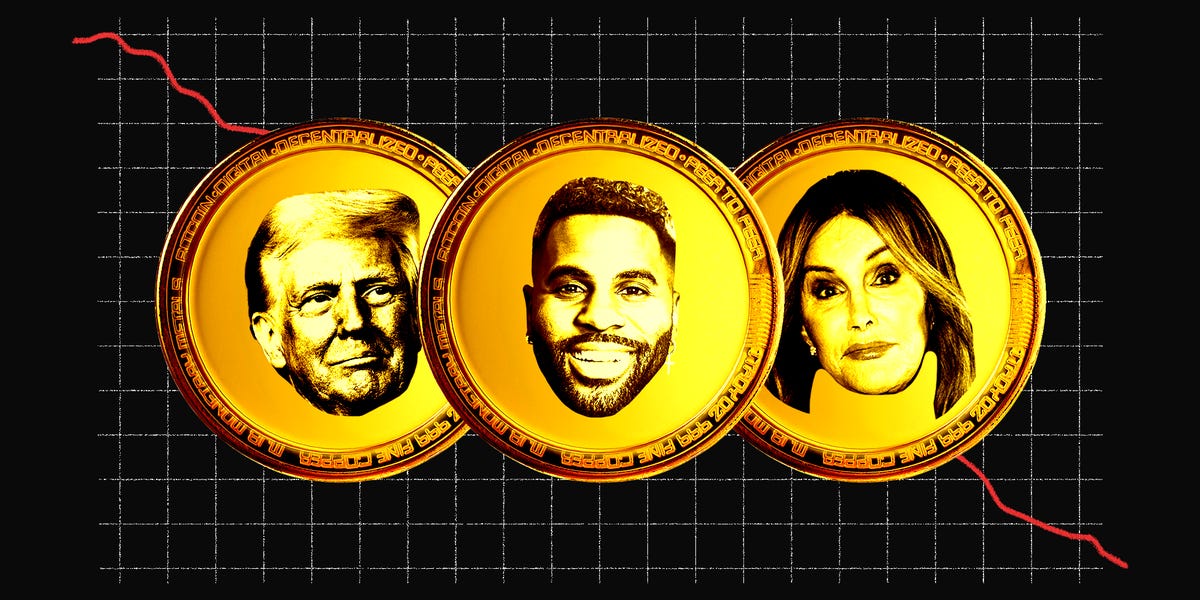Stars, Scams, and Crypto: The Wild West of Celebrity Meme Coins Exposed

The Wild West of Cryptocurrency: How Meme Coins Are Exploiting Celebrity Influence and Investor Naivety
In the digital gold rush of cryptocurrency, meme coins have emerged as a dangerous playground where celebrity endorsements and speculative fever collide, leaving unsuspecting investors counting their losses.
These internet-fueled cryptocurrencies, often born from viral jokes and social media hype, have become a breeding ground for financial manipulation. Celebrities, with their massive social media followings, have played a controversial role in promoting these highly volatile digital assets.
Take, for example, the astronomical rise and catastrophic fall of coins like Dogecoin and SafeMoon. What starts as a seemingly harmless internet meme quickly transforms into a high-stakes gambling arena where influencers and early investors can make millions while late entrants are left holding worthless tokens.
The pattern is disturbingly consistent: A celebrity tweets about a meme coin, triggering a sudden price surge. Retail investors, driven by fear of missing out (FOMO), rush in, only to watch their investments evaporate within days or weeks. Meanwhile, those who initiated the pump walk away with substantial profits.
Regulatory bodies are increasingly scrutinizing these practices, but the decentralized nature of cryptocurrencies makes comprehensive oversight challenging. Investors are left to navigate a treacherous landscape where hype trumps fundamental value.
The message is clear: In the world of meme coins, if something seems too good to be true, it probably is. Caution, research, and skepticism are your best defenses against becoming another statistic in this digital Wild West.

